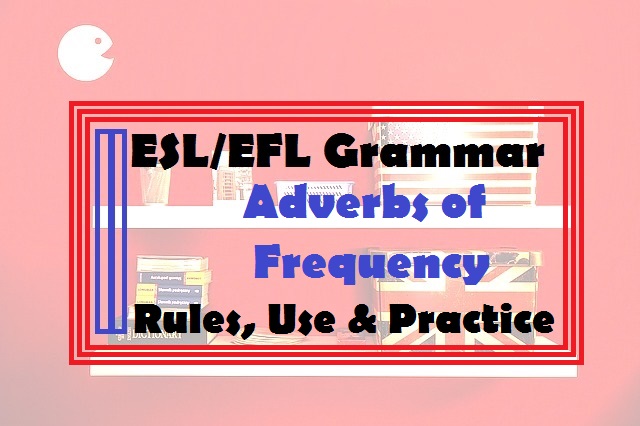EFL/ESL Grammar: English tenses
The use of past perfect tense in English
The past perfect is used to talk about an action or an event that happened in the past before another action. Usually, we have two actions. The first one is put in the past perfect tense and the second is put in the simple past. It is not important which one happened first. The tense can be used to indicate which one happened before the other.

The grammatical structure of the past perfect:
| Subject + had + verb (past participle) |
Example:
When she came from school, I had already gone to the supermarket.
The use of past perfect
Just like what is mentioned above, we use the past perfect to show that an action happened before another one in the past.
The past perfect is used with the following adverbs:
When – before – by the time – as soon as – after – because – until
Note:
You can easily remember the use of these adverbs. Because and after are always used to introduce the past perfect. So a sentence that includes one these two adverbs will have the first action in the past perfect, and the second in the simple past. Before and by the time are used to introduce the simple past. So a sentence that includes one of these will have the immediate sentence in the simple past and the other one in the past perfect.
The forms of the past perfect tense:
The affirmative form of past perfect |
| I had given You had given He had given She had given We had given You had given They had given |
The negative form of past perfect |
| I hadn’t given You hadn’t given He hadn’t given She hadn’t given We hadn’t given You hadn’t given They hadn’t given |
The interrogative form of past perfect |
| Had I given? Had you given? Had he given? Had she given? Had we given? Had you given? Had they given? |
Examples of past perfect
- Because she had been sick, she didn’t go to school.
- When she came, we had gone to school.
- Before they finished their housework, we had already arrived
- I slept yesterday as soon as I had finished my assignments.
Take Quiz
Check your understanding here ...








